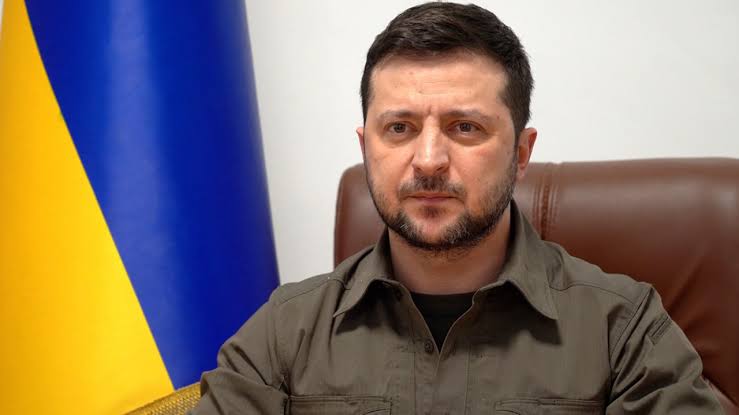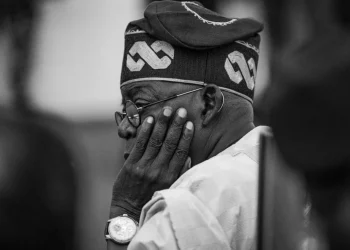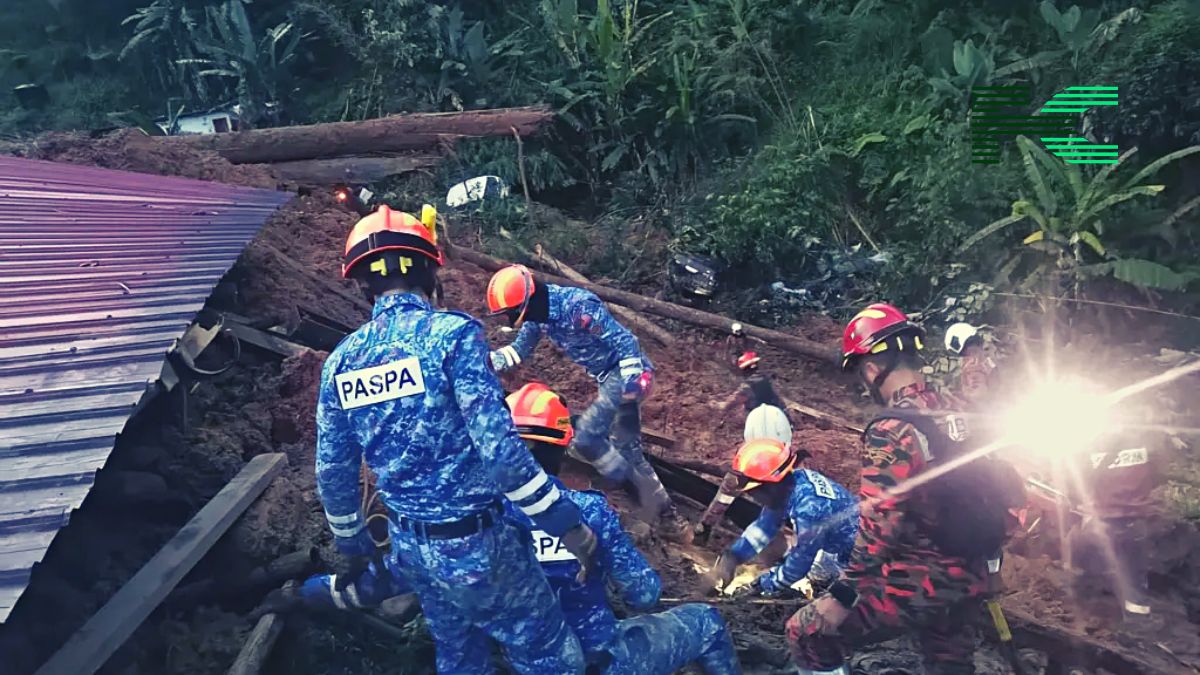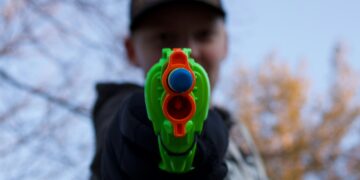Ukrainian President Volodymyr Zelenskyy introduced a new “drone missile” on Saturday, boldly claiming it will bring the fight to Russia’s doorstep. This announcement came as Ukraine marked 33 years of independence from the Soviet Union. With characteristic scorn, Zelenskyy referred to Russian President Vladimir Putin as a “sick old man from Red Square.”
What They Are saying
Zelenskyy introduced the Palianytsia, a new weapon he described as faster and more powerful than Ukraine’s current domestically produced drones, which have already been used to hit Russian oil refineries and military airfields. The new weapon, he hinted, had already struck a target in Russia, though he left the exact location to the imagination.
“The enemy will soon learn what the Ukrainian way of retaliation is: worthy, symmetrical, long-ranged,” Zelenskyy declared. He did not hold back in his criticism of Russia’s leadership, deriding Putin as a “sick old man” who constantly brandishes nuclear threats like a child waving a toy. “This man will not dictate any red lines to us,” he stated in a Telegram video message, dismissing Moscow’s typical nuclear posturing.

While Russia has launched countless missiles and drones against Ukraine since its invasion in February 2022, it hypocritically labels Ukraine’s drone strikes as “terrorism.” Yet, the reality is stark: Russian forces are steadily advancing in eastern Ukraine, now occupying a substantial 18% of the country.
Why It Matters
As the war goes on, Zelenskyy continues to pressure Ukraine’s allies to permit the use of Western weapons for strikes deeper into Russian territory. Targeting airbases used by Russian forces to launch missile attacks on Ukraine is a strategic priority for Kyiv. “Our decisions about new weapons, including the Palianytsia, are necessary, especially when some of our partners are unfortunately dragging their feet,” Zelenskyy emphasized at a news conference.
In Ukraine, the word, which refers to a type of Ukrainian bread, has been used as a linguistic shibboleth, a way to distinguish Ukrainians from Russians. “It will be hard for Russia, even just to pronounce what has hit them,” Zelenskyy joked about the drone missile.
In addition to his military announcements, Zelenskyy promoted Colonel General Oleksandr Syrskyi to the rank of general in recognition of Ukraine’s successful cross-border incursion into Russia’s Kursk region earlier this month. This operation, characterized by Moscow as a dangerous escalation, led to Ukraine capturing over 90 settlements in what has been described as the most significant invasion of Russian territory since World War II.
Zelenskyy, alongside Polish and Lithuanian leaders at a joint press conference, disclosed that the operation aimed to preempt Russian plans to capture the Ukrainian city of Sumy. Beyond creating a “buffer zone” and capturing prisoners of war, Zelenskyy alluded to other undisclosed objectives.
This year’s Ukrainian Independence Day, underscored by an atmosphere of defiance and patriotism, saw heightened security alerts from the U.S. and German embassies warning of potential Russian missile and drone attacks. Thankfully, by late afternoon, no significant strikes had occurred, though air raid sirens did sound in Kyiv.
Zelenskyy ratified the Rome Statute, setting Ukraine on a path to join the International Criminal Court, a crucial step toward its aspiration of EU membership. He also signed legislation banning religious groups with ties to Russia, targeting a branch of the Orthodox Church seen as aligned with Moscow.
Meanwhile, Ukraine and Russia announced a prisoner swap, with each side releasing 115 prisoners of war. The Russian Defence Ministry acknowledged that its servicemen were captured during Ukraine’s offensive in the Kursk region.
Bottom Line
As the war drags on, Ukraine’s resolve and resilience remain unshaken, and Zelenskyy’s bold words and actions continue to challenge Moscow’s narrative and military strategy.

















